The Big Changes started in Berkeley in 1966.
Early in the year, a dispute arose on Telegraph when the owners of the Espresso Forum (located at Haste in the old Lucky supermarket that is now Amoeba Records) barred men with long hair or beards. For three days, a few neatly dressed pickets with neatly lettered signs picketed the Forum.
Three days is all it took – the Espresso Forum caved and let the longhairs buy coffee. A week earlier, owner Frank Albanese had spoken of “these Berkeley pigs.” He now was willing to admit people regardless of hair length “as long as they are clean.”
A tipping point had been reached. By the end of the year, the counterculture had begun to define Telegraph. Stores arising from or catering to the counterculture popped up on Telegraph and elsewhere in Berkeley.
I so enjoyed my random look at Berkeley’s counterculture stores a few weeks ago that I went back for seconds. I went through all of the 1966 issues of the Barb and came up with these stores, or in a few cases these advertising graphics that suggested counterculture.
This one I love. Andre Godet was elegant Old Order Berkeley, very much so. Keeping up with the times, though, it opened a “new go-go room for the newest ‘in’ fashions.”
The Artist Village is located where La Note is today. After the Artist Village, Jim Reisdorf ran a restaurant there, known either as The Yellow House or No Name Restaurant. The Village was all about sandals:
While on the topic of sandals, I will take a time out from the more or less alphabetical order that I original had in mind and visit a couple other sandal shops.
One suspects that the pills and acid in question were not of the illegal type.
Irv’s got a lot of attention because it was near the Med and ended up in a lot of photos of Telegraph Avenue, especially during People’s Park. It was a union shop – something that you just don’t see anymore.
Back to the alphabet –
Check this one out – back when Berkeley Bowl was a bowling alley, with billiards.
The Berkeley Free Press came into being with the Free Speech Movement. After three crazed years in service of progressive cause, it changed its name to Berkeley Graphic Arts, an admittedly more bourgeois name but it at least did not suggest that prining would be done for free. I did a post a few years ago with some discussion of the Free Press.
In my 2014 post on the folk music scene in Berkeley, I give some background on Lundberg.
I have posted extensively on Moe’s but include these two ads because they illustrate the broad intellectual and cultural and musical bandwidth of Berkeley in Those Days. To learn about the band Notes from the Underground, read here.
I write about Red Square in my post about Liane Chu.
From Diedre Mitchell we learn: “Ruana’s are originally from the Andes region of Venezuella. The word ruana comes from the ‘Chibcha’ meaning ‘Lord of Blankets.’ They are usually square or rectangle shaped with a head hole and a slit from that hole down the middle to the edge. They’re very thick, soft, sleeveless and are usually knee length. In Ireland, we often wear them with one side thrown over the opposite shoulder and pinned with a nice brooch.”
The Print Mint advertised a lot. Posters! Prints!
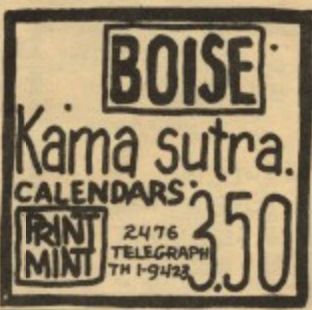
Don and Alice Schenker opened the Print Mint inside Moe’s Books on Telegraph in 1965. I wrote a big old long post about them and the Print Mint – what a story!
I haven’t included many restaurants, but how could I resist “Berkeley’s only Berkeley restaurant?” Spats is in that location now.
Shakespeare Books – another bookstore with a couple of cool advertisements.
And:
Dig this!
This album is a very rare relic, a unique cultural insight. This album is almost certainly very difficult to listen to. But it is significant evidence that the Old Order on Telegraph and in Berkeley was rapidly fading.
After World War II, a generation of visionary rock climbers from the Bay Area, many of whom were members of the Sierra Club, came to the Yosemite Valley when weather and jobs permitted and ushered in the golden age of Yosemite climbing. They were for the most part in their late twenties or early thirties, had jobs that permitted a lot of time off in summer for climbing, and had a high sense of adventure.
They hung out and worked at the Ski Hut. They were an inspiring group.
I clipped a few ads for music venues – not exhaustive, but representative.
Lastly, two ads for benefits for striking farm workers in Delano.
This last one I don’t get. Pioneering topless legend Carol Doda auditioning Go-Go Girls – really? What did Cesar think about this?????
In March, Doda appeared at huge campus rally (estimated at 10,000) in behalf of Ugly Man Contest. And then this.
This graphic from the Barb late in 1966 says a lot.
IMHO – what an amazing graphic!
For good or bad – or better yet, for good and bad, the dam had given way, the Salarian gate had been breached, the counterculture waxed and the old order waned.
Pivot!
Do you want to know what 1966 was for me?
I am humbled, flattered. If you insist….
I was 15, living in Bryn Mawr, Pennsylvania. In early 1966 I was in 9th grade – Third (III) Form. In the fall I was in 10th grade -Fourth (IV) Form.
My culture: Batman on television.
My father was commuting to New York for work. He got home well after 7 most nights. We usually had late dinner (meat, starch, vegetable, dessert) in the dining room (pull out the chair for my mother – may I please be excused?) after he got home but during the Batman run my sister and I were allowed to eat in the study and watch Batman.
We had enjoyed the same dinner-in-the-study before my father got home to watch Shindig!, which bought the farm in early 1966.
The Monkees started in the fall of 1966.
I remember the first time I heard “Last Train to Clarksville.”
I was in my familys 1963 Ford Country Sedan in South Bristol, Maine. I thought it was a new Beatles song. I think that is what I was supposed to think. (P.S. I wrecked the car in 1969. I spun out on the Schuylkill Expressway on my way to work at the Ladybug warehouse.)
I confess – I really liked the Monkees. No shame in my game. I liked them.
As a family, we watched four shows each week sitting together.
On Friday nights we watched Hogan’s Heroes and the Wild Will West. Hoagan’s Heroes was the funniest show ever made about hilarity in a Nazi P.O.W. camp.
In gathering images for this post I was shocked to see these two images in color. Who knew? We had black and white until 1972.
On Saturday nights we watched Jackie Gleason. At least once every show my father would dissolve into wheezing laughter.
On Sunday nights we watched Ed Sullivan. Topo-Gigo!
Plus Senor Wences, and Erich Brenn’s plate-spinning performance. America! And the Beatles. By 1966 they were sending videos to Sullivan instead of performing live. In 1966 we saw videos of “Rain” and “Paperback Writer.”
I went to dancing school at the Junior Dance Assembly, held at the Merion Tribute House. Boys wore tuxedos. My tuxedo came from the Bryn Mawr Hospital Thrift Shop. Girls wore formals. My mother made my sister’s formals. There were chaperones who herded the boys and girls together to dance. Most of the boys and girls were from same-sex private schools. This was a big chance for contact with the other sex. The music was provided by a two-man band (guitar and sax) with a drum-beat machine. I didn’t care for the band or music. I didn’t care for anything about it.
I also went to Saturday Night dancing school at the Merion Cricket Club. I shit you not – Cricket Club. Frank Furness was the architect.
Because of the Furness Library at Penn I would in the coming years become a huge Frank Furness fan. What a beauty! What a place to study!
Back at Saturday Night at the Merion Cricket Club –
The ballroom was elegant.
The dress was semi-formal – nice jacket and tie. They had real bands – teenage musicians wearing coats and ties. At one such dance I watched the guitar player during “Good Lovin'” and had a revelation about barre chords. THAT’S how they do it!
What an exciting night that was when I got back home and got out my S&H Green Stamps acoustic guitar and mastered E-shape barre chords, played as shown above except I switched the positions of 3 and 4.
I was clueless about girls. Surprise!
I did well in school. I had liked math up until then but Mr. Manning was the geometry teacher and he extracted about every math-loving molecule out of me and crushed it. Too bad. I took calculus the next year and my AP score was good enough to not take math at college. Too bad.
Simon and Garfunkel were a slight portal into the Big Changing World. I too was a rock.
My father drove my friend Cris Davis and me to the Philadelphia Police Athletic League in North Philadelphia to hear Mitch Ryder and the Detroit Wheels. It was gritty music and a grittier crowd.
For the summer of 1966 I worked in an Office of Economic Opportunity poverty program for inner city kids. I was proud of myself.
The big changes for me were two years away. In two years I would come to California for the summer to work with Cesar Chavez and the United Farm Workers in Delano. I would also visit Berkeley for the first time sometime in July. It seemed pretty wild to me. I was one or two years and a couple of changes behind, that’s all.
So, though, enough about me.
Berkeley was changing culturally in 1966. We had years of political change behind us, but now the cultural times were changing. The two would merge at times, the cultural and the political, in the next years.
On March 25, 1966, the Jefferson Airplane played a “rock & roll dance benefit” and “peace trip” in support of the Vietnam Day Committee at Harmon Gym.
A few days later, Ronald Reagan appeared at the Cow Palace and denounced “that mess in Berkeley,” a defining theme of his gubernatorial campaign. He cited the Harmon Gym show as a prime example of what he called “the morality gap at Berkeley” He spoke in horror of “the nude torsos of men and women” projected by the light show, then brought up the “filthy speech movement” and the Vietnam Day Committee. It was time, Reagan said, for an investigation of “the charges of communism and blatant sexual misbehaviour on the campus… What in heaven’s name does academic freedom have to do with rioting, with anarchy, with attempts to destroy the primary purpose of the university, which is to educate young people?”
Game on. With the ideas and experiments there came an opposite reaction from those for whom the rate of change was too quick.
On April 9, 1966, a bomb exploded at the Vietnam Day Committee office at 2407 Fulton. Jack Weinberg wrote: “All the VDC leaders had been there having a meeting in the living room. They had just adjourned, and gotten up and walked together into the kitchen to get some eats, and the room followed them out. One minute earlier and everyone would have been jam.” Robert Scheer wrote in the Barb “People who have been slandering the VDC and others who are opposed to this war will have to bear the responsibility for this bombing.” Are we noticing any parallels with today, inflamed rhetoric leading to inflamed actions?
Anyway – that mix of culture and politics that so horrified Reagan, along with Berkeley’s the great natural beauty and the intellectualism and innovation of the University and – until recently – economic and racial diversity, is the essence of Berkeley, of us. Berkeley proud!
I showed this post to my friend, who was getting ready for a day trip to scout “the next stop” as he put it. He is mourning the loss of the Berkeley he knows and loves, talking about getting out. He had two comments.
First, he said – “You’re ready, aren’t you? It won’t take long for the first libertarian pro-development hater who advocates Khrushchyovka (xrʊˈɕːɵfkə]) to pronounce that you are stuck in the sixties. I know, you aren’t – just look at you. But be ready.”
I bit – “What’s Khrushchyovka?”
“It’s the low-cost, concrete-paneled or brick three- to five-storied apartment building which was developed in the Soviet Union during the early 1960s to implement the Soviet housing policy of tiny apartments. The apartment buildings also went by the name of Khruschoba (Хрущёв+трущоба, Khrushchev-slum). Think Bay Street, think K Street Flats, think the renderings of what the Russian wants to build where the Village is. Another NIMBY-slum.”
His second comment:


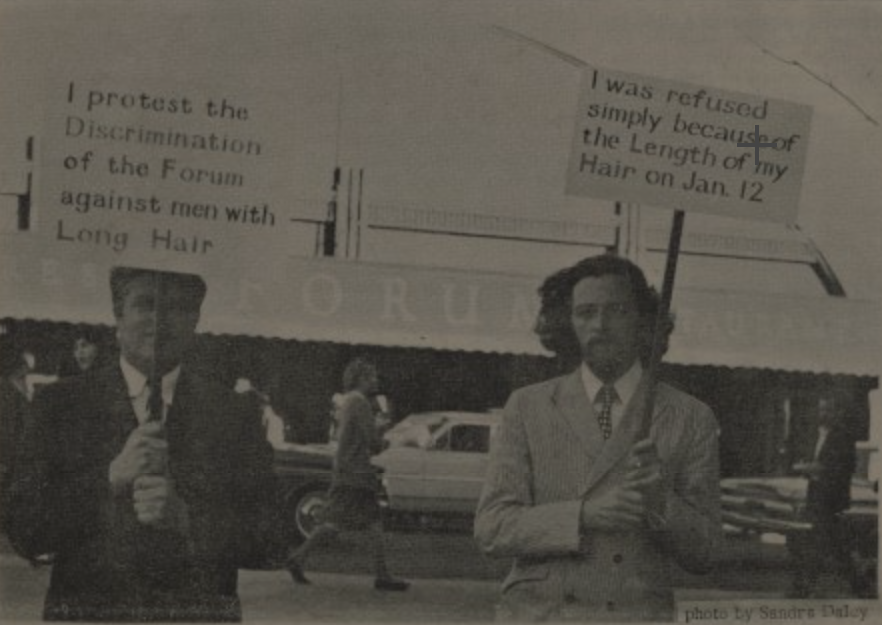
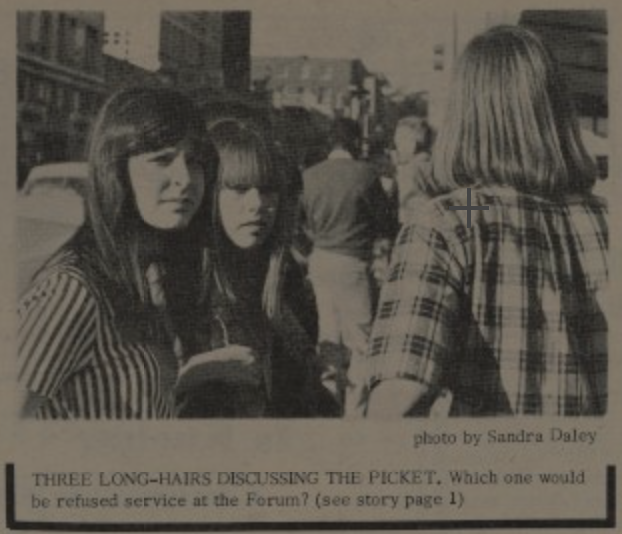
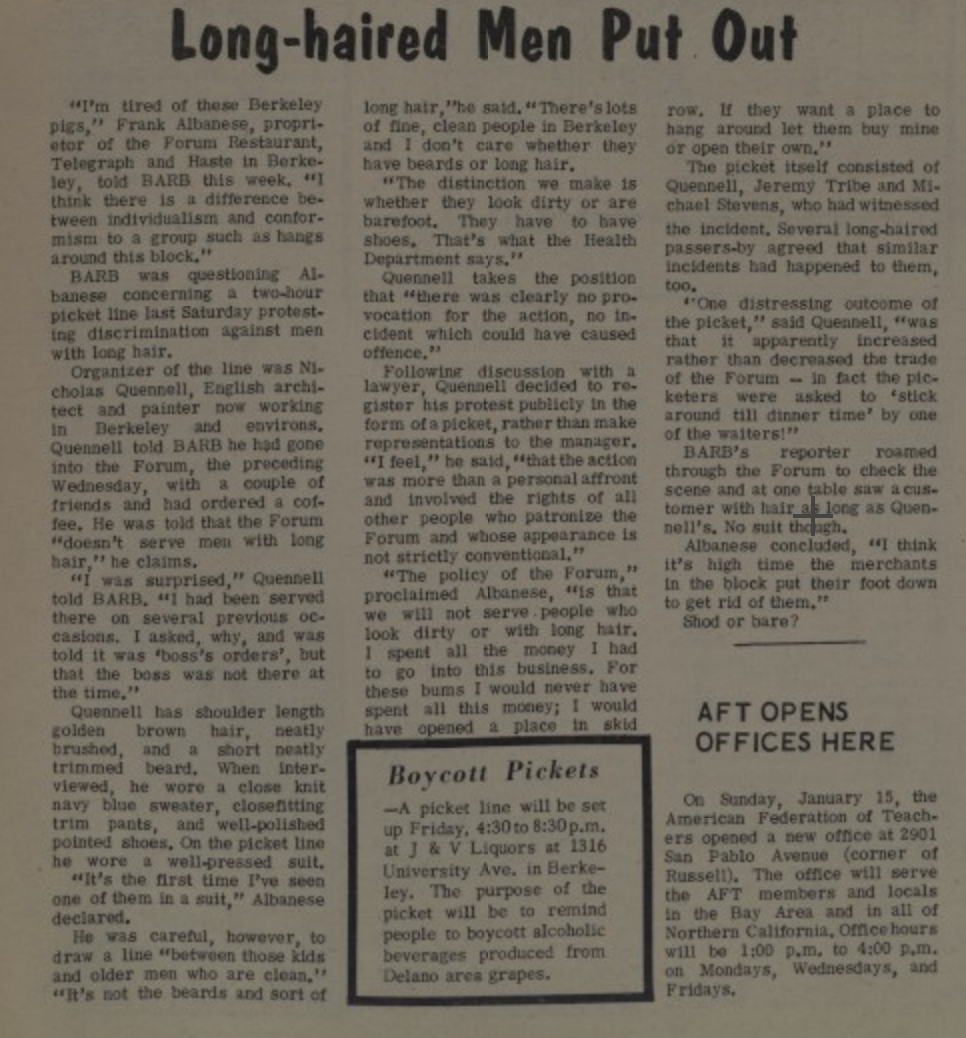
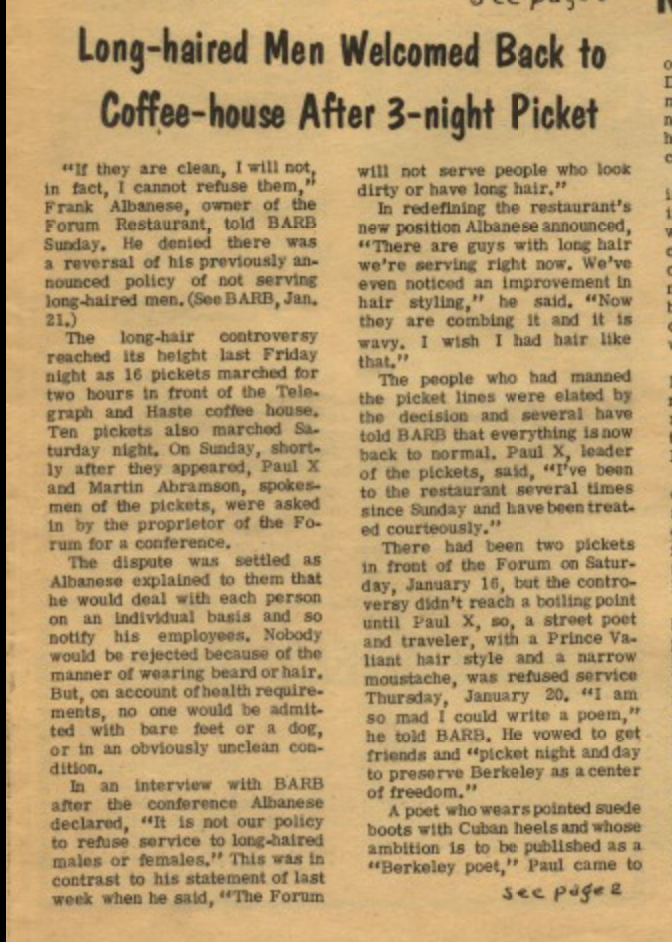
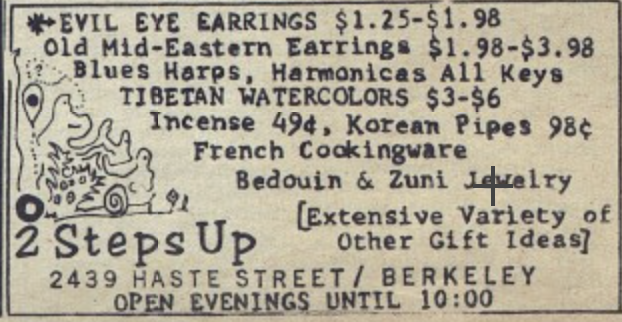

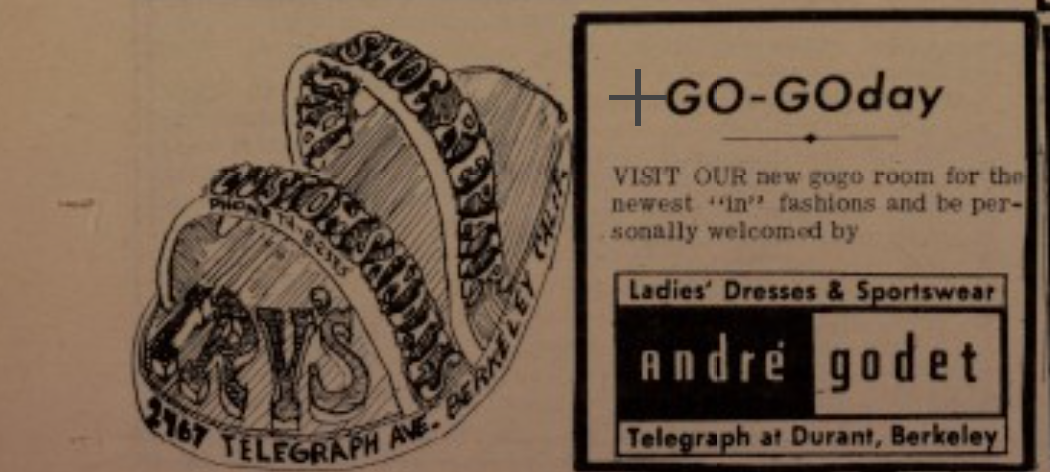
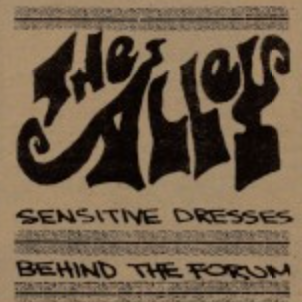
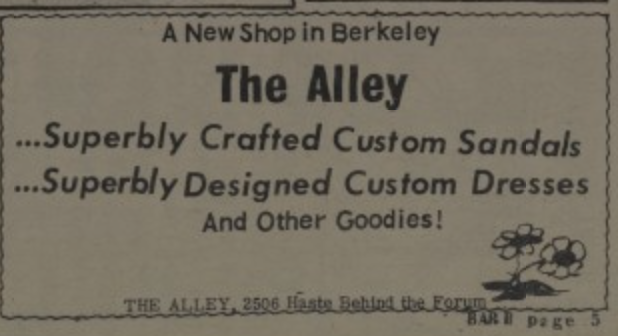
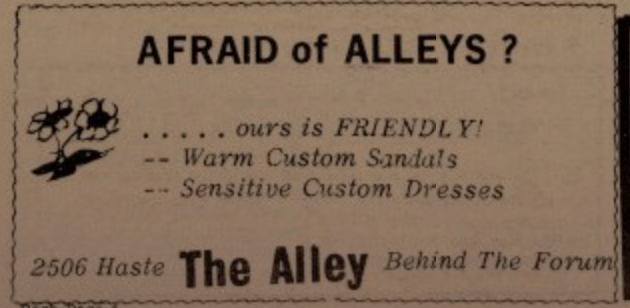
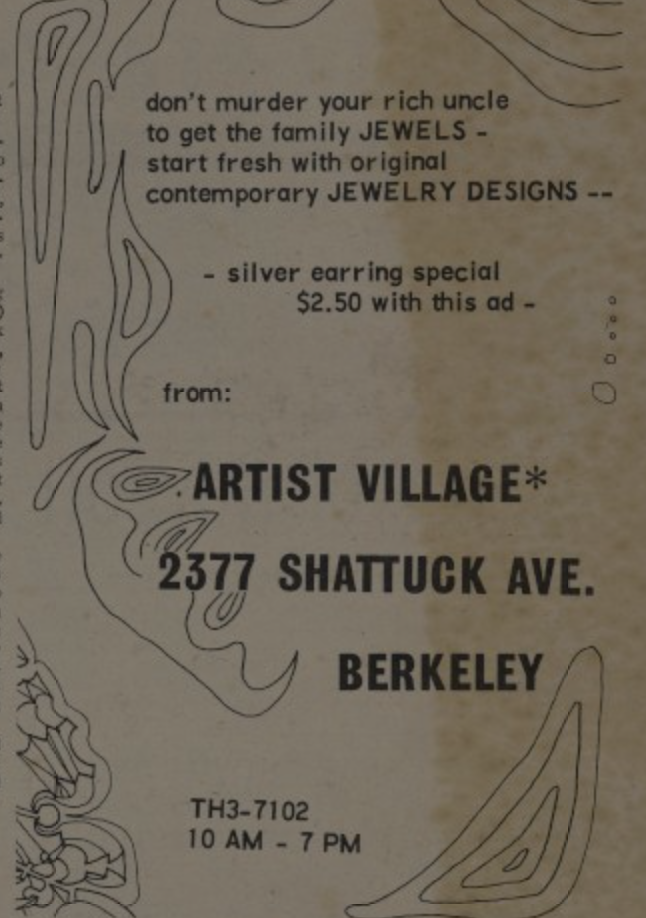
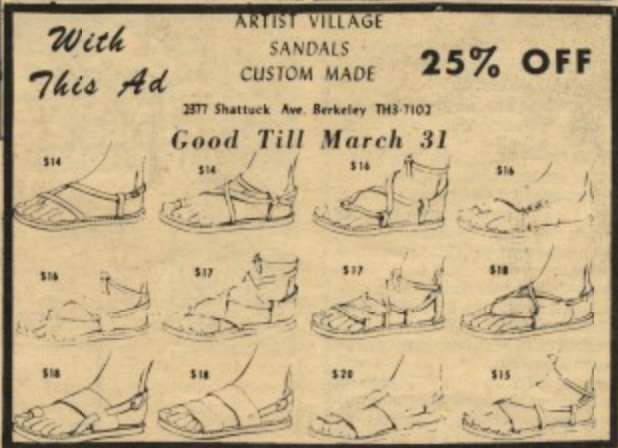
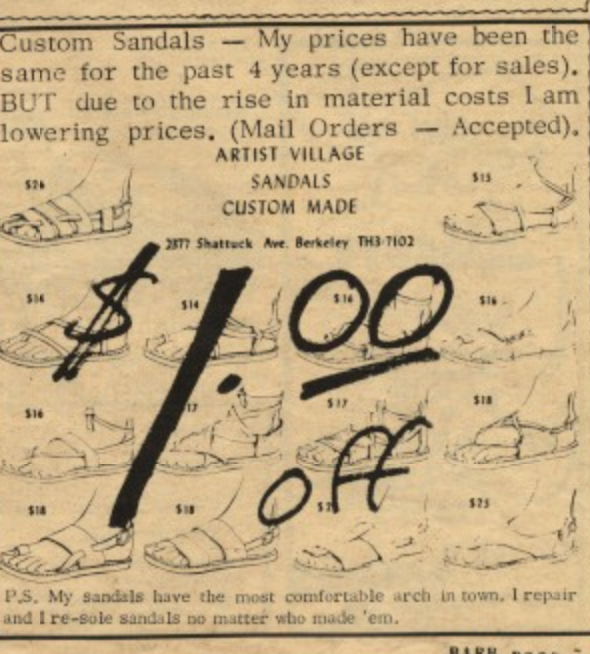
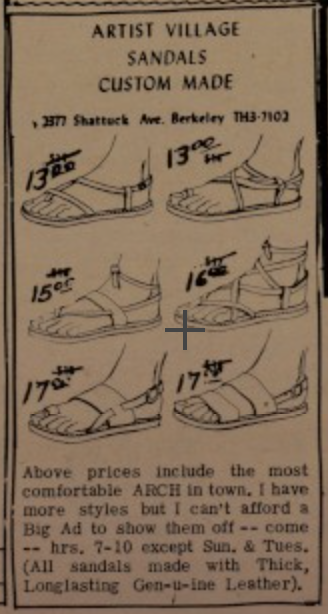
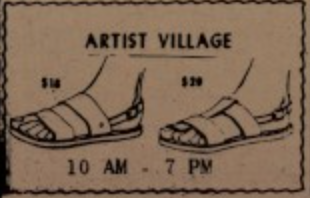
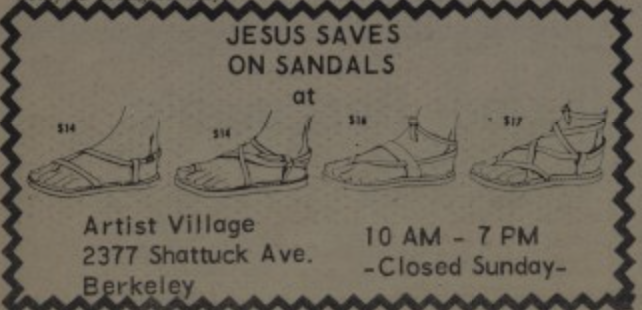
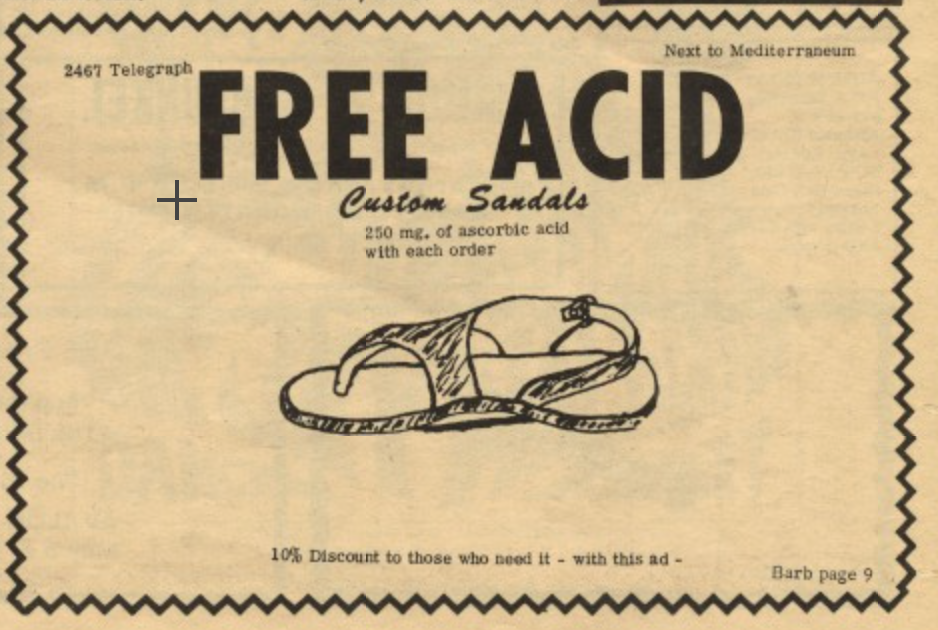
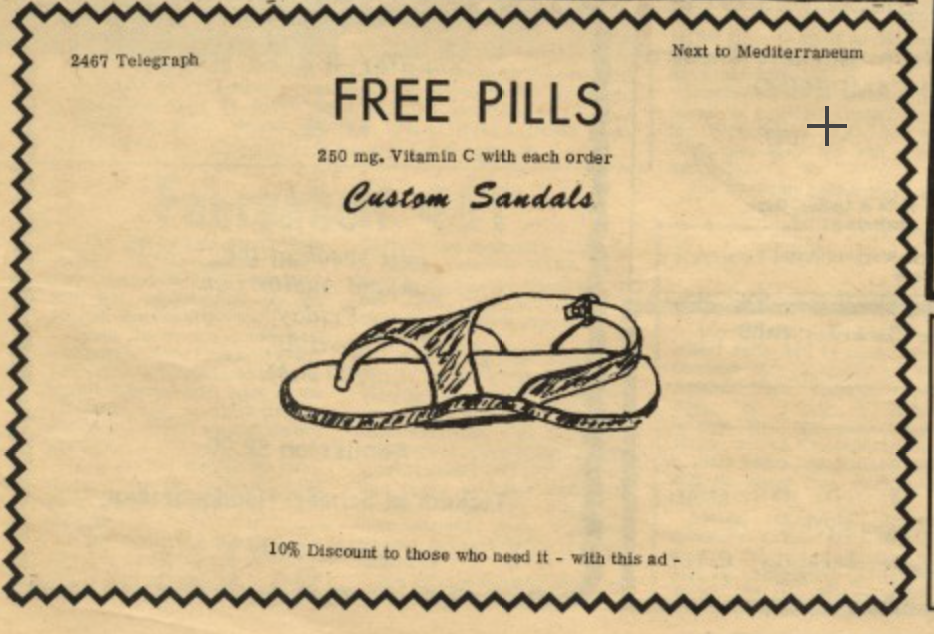

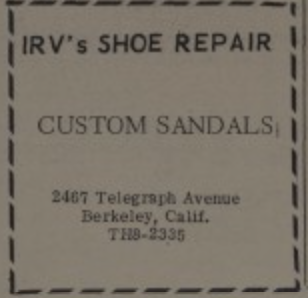

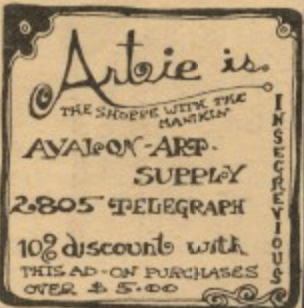

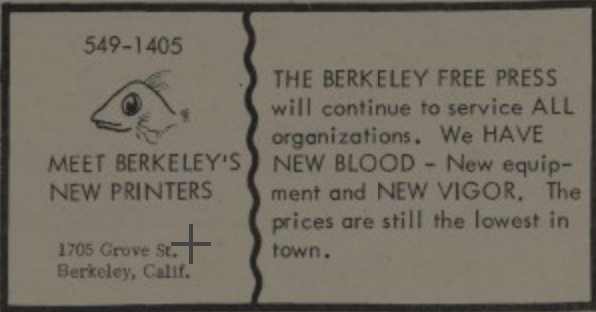
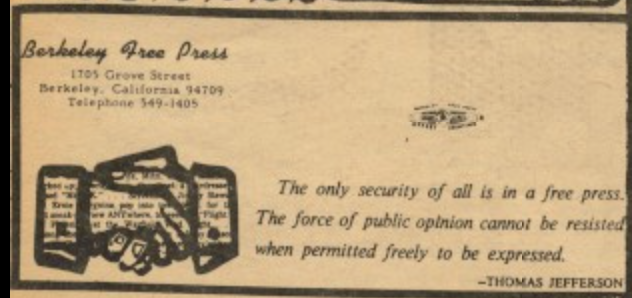
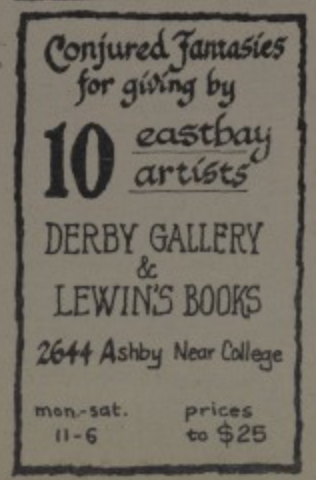
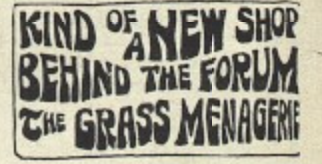
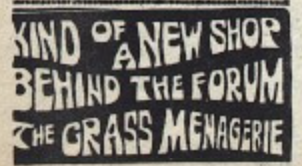
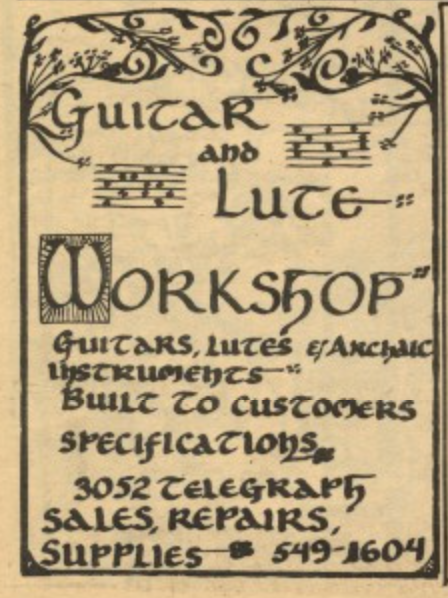
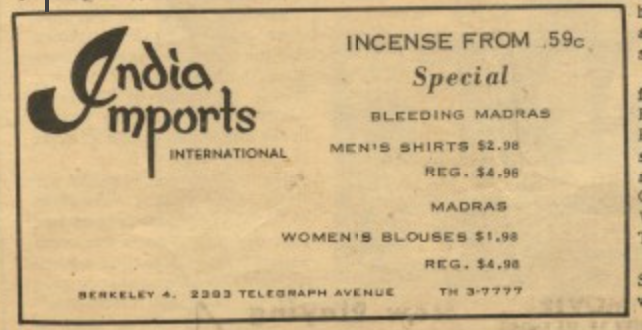
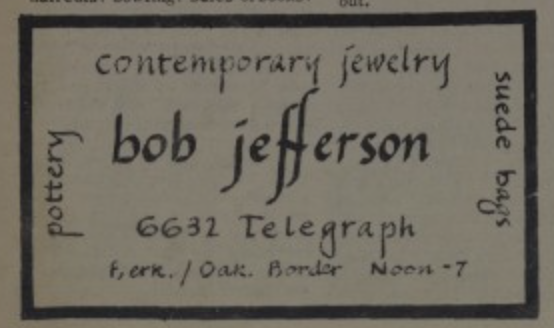
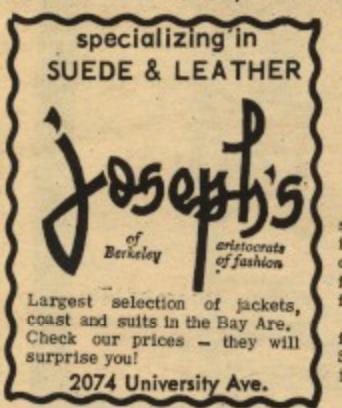
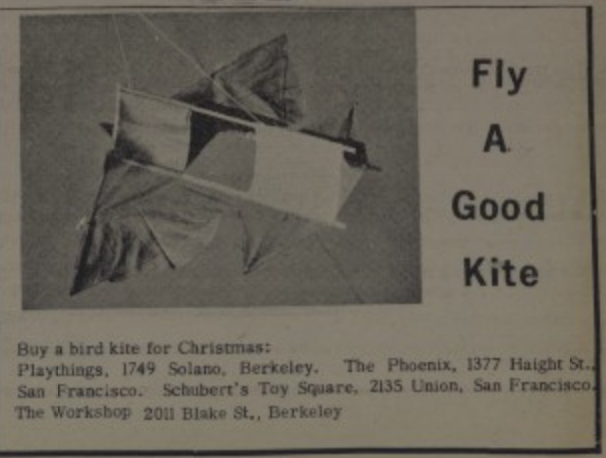
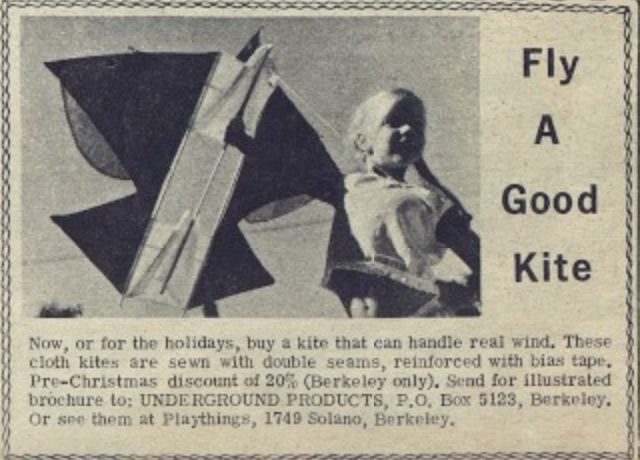
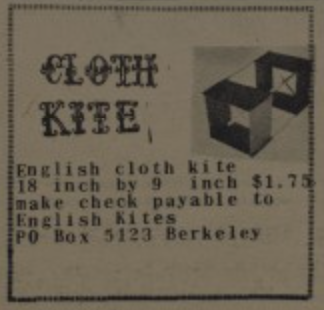
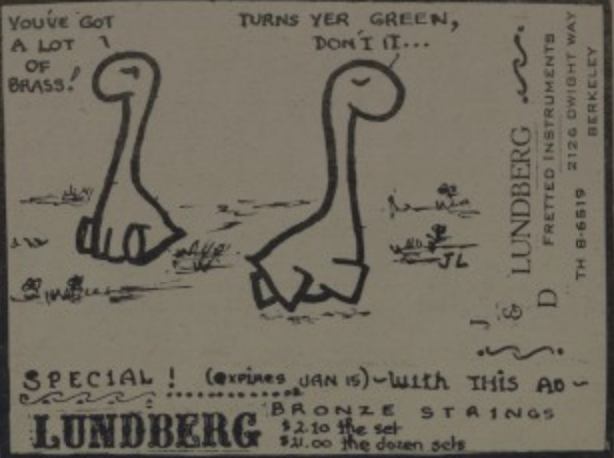
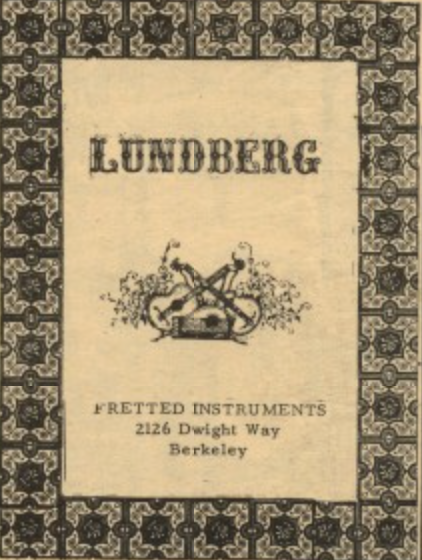

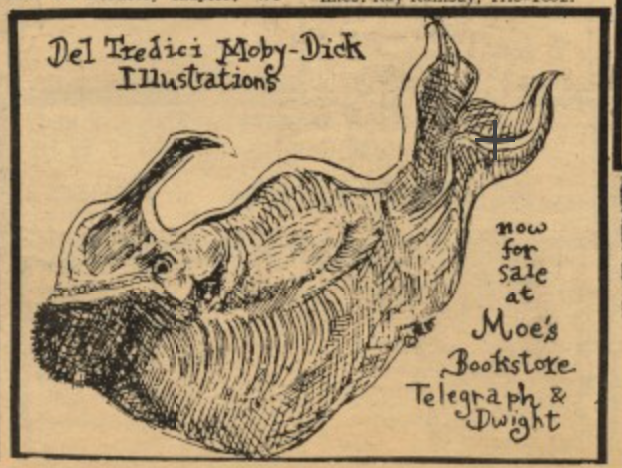
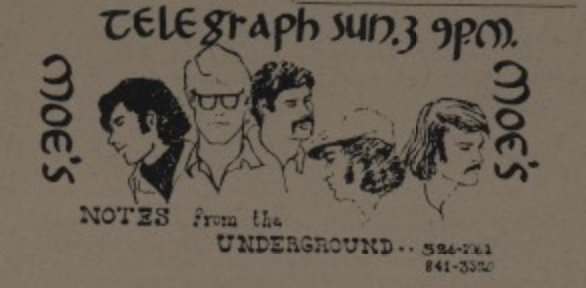
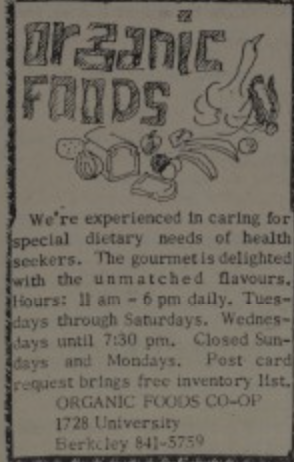
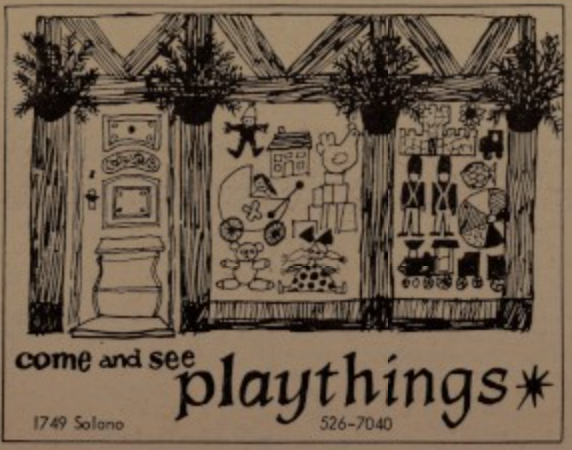
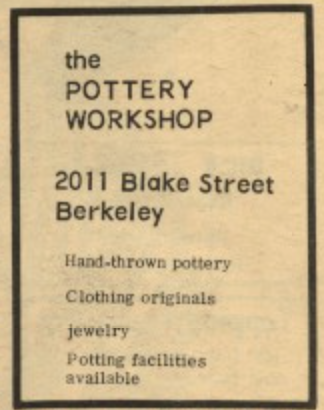
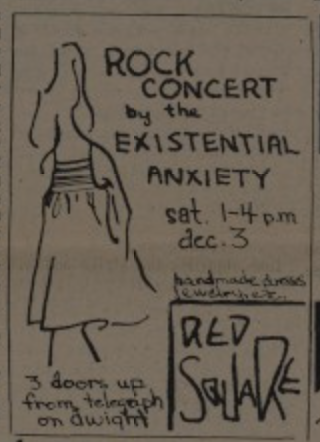
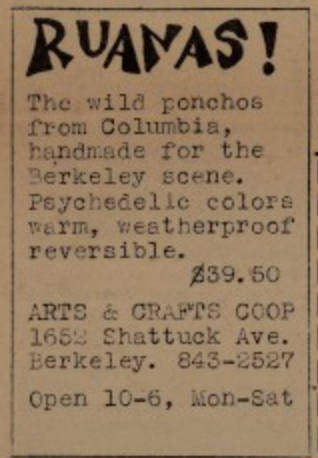
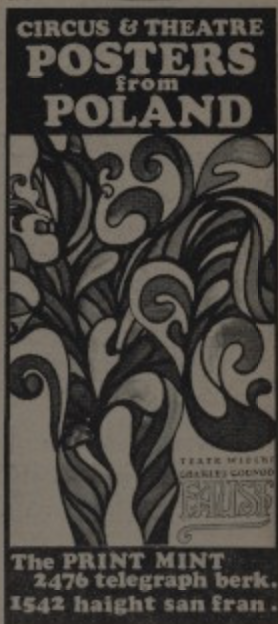
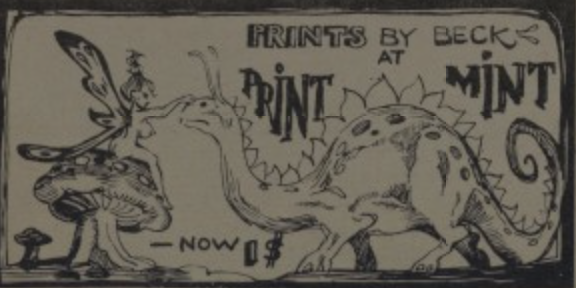
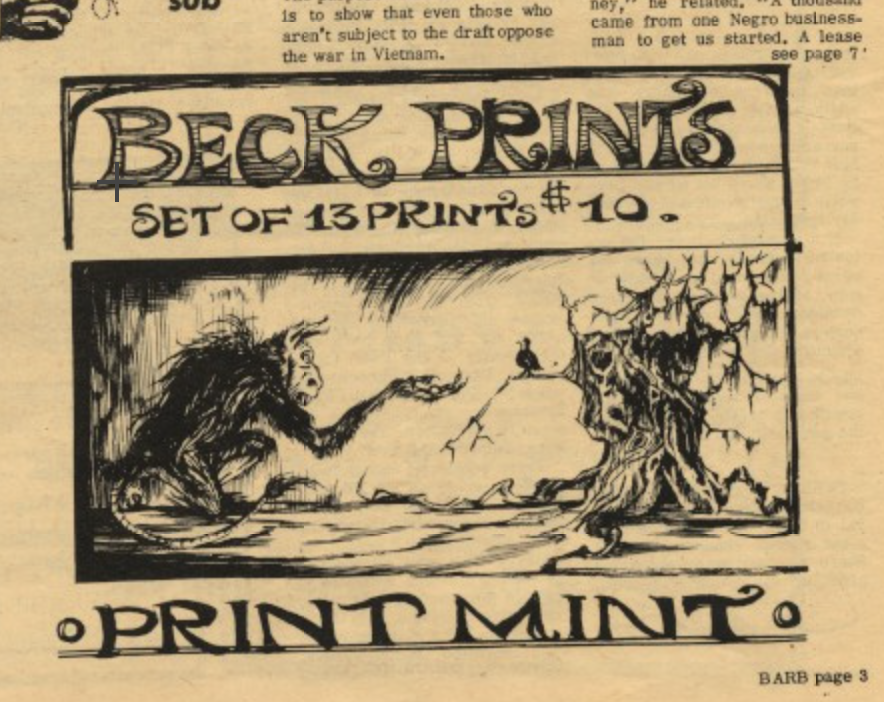

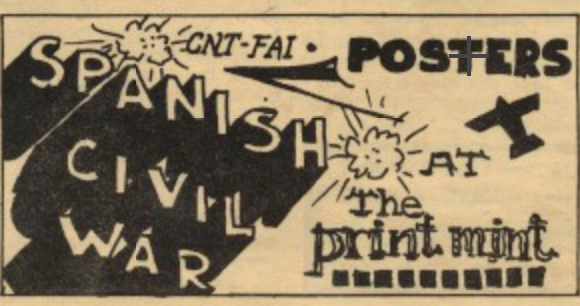
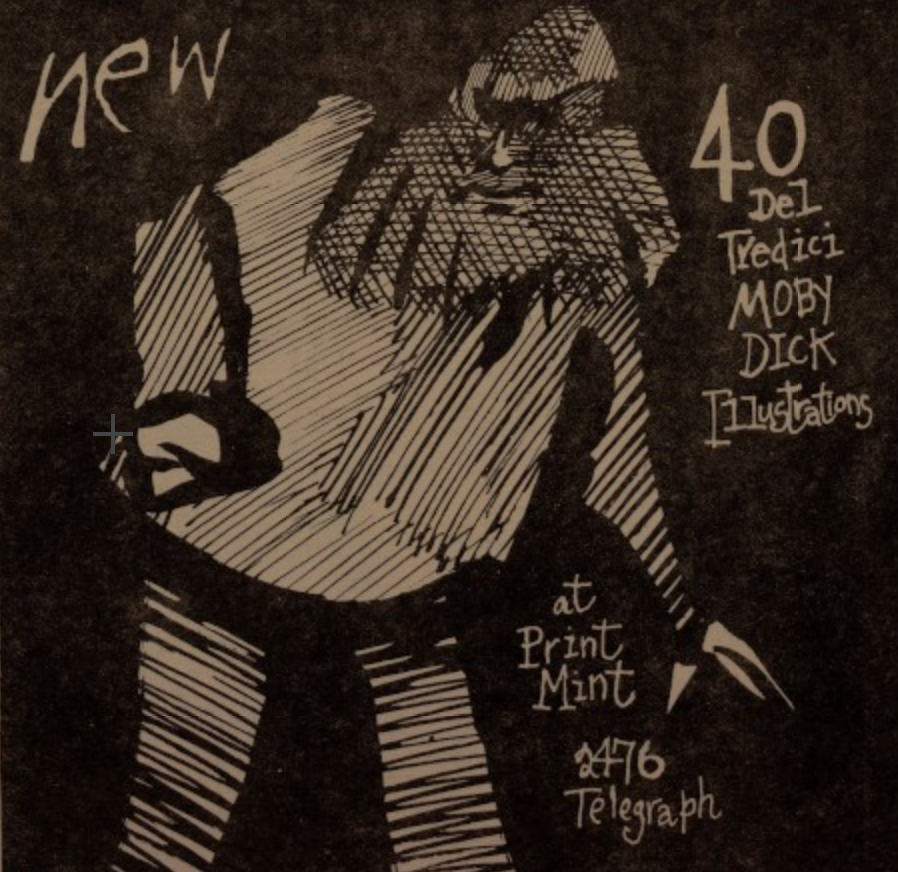
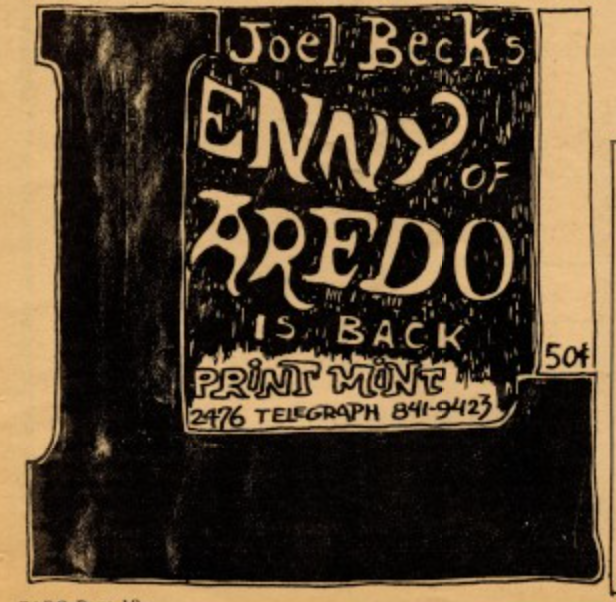
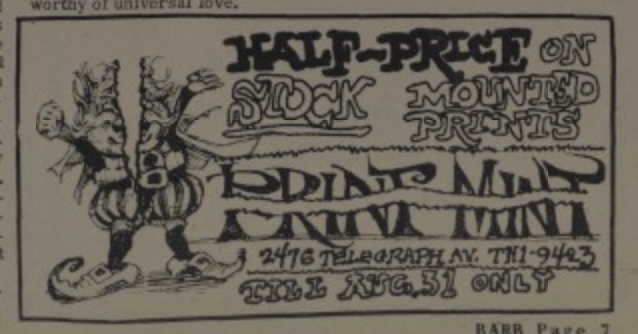
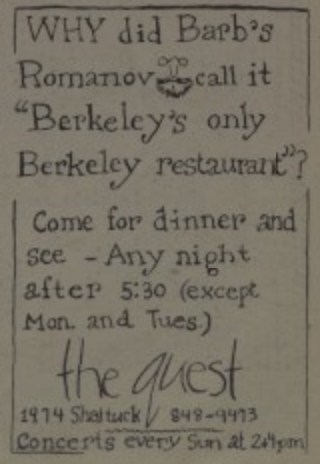
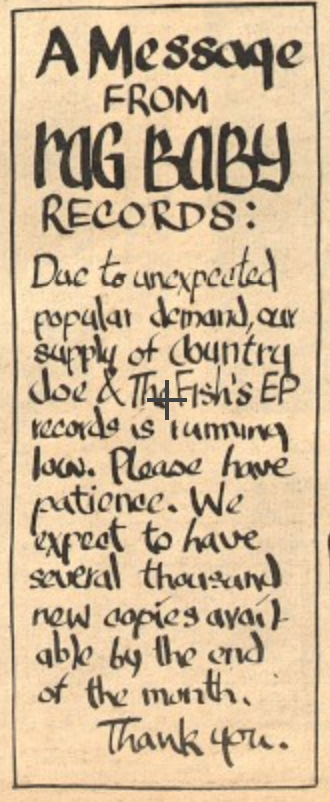
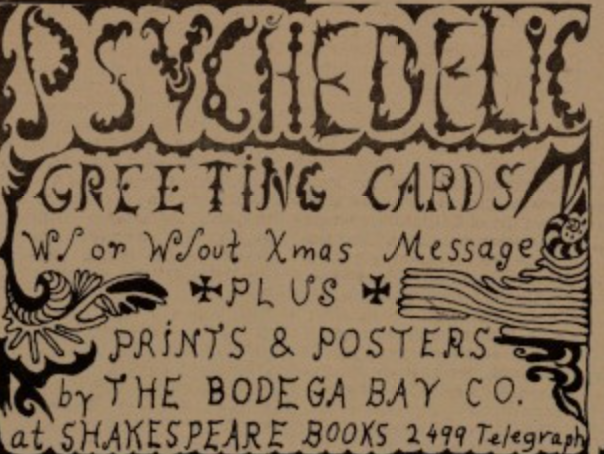
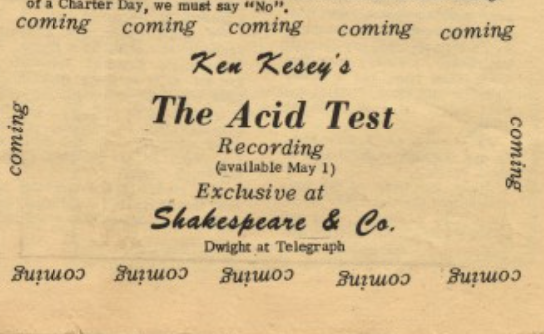
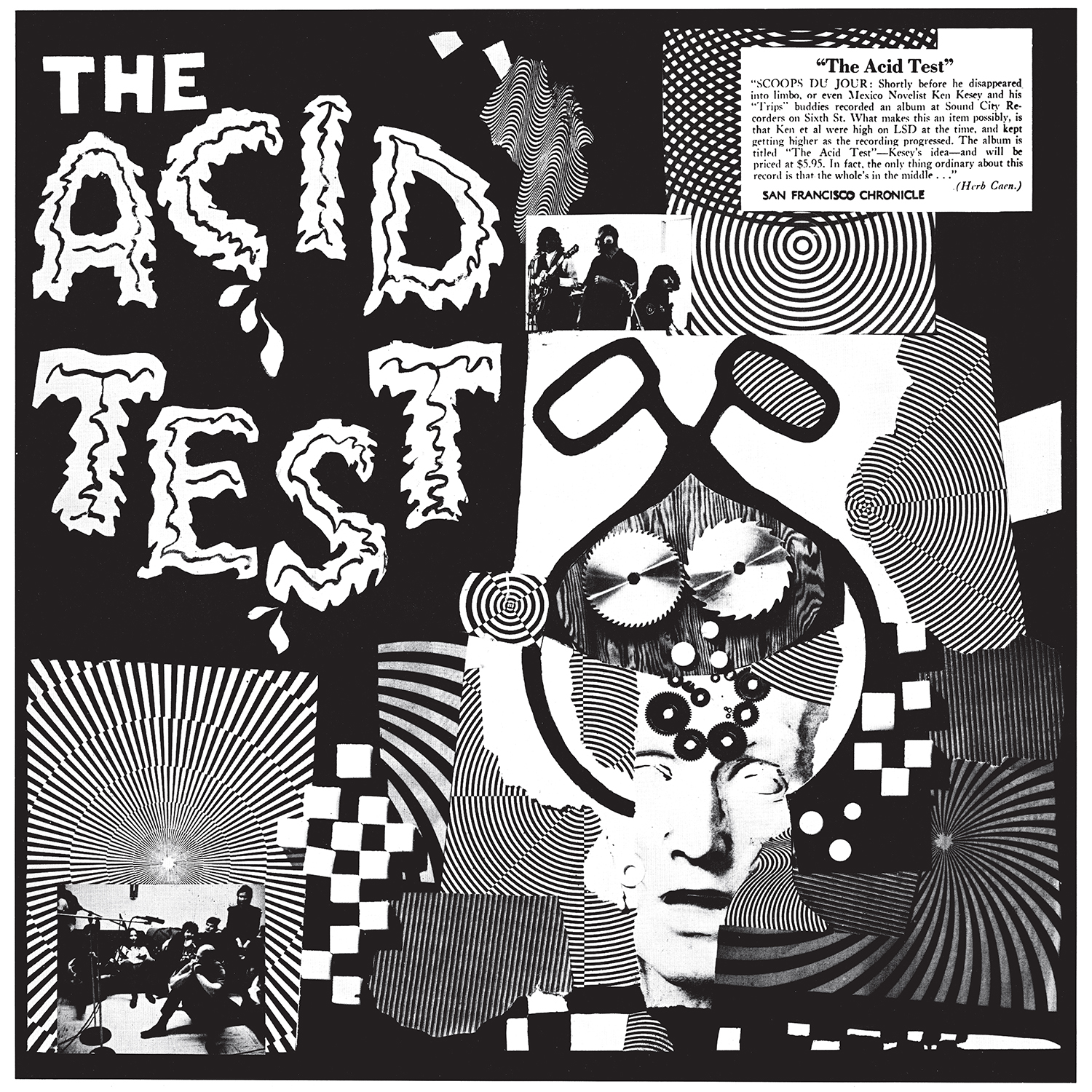

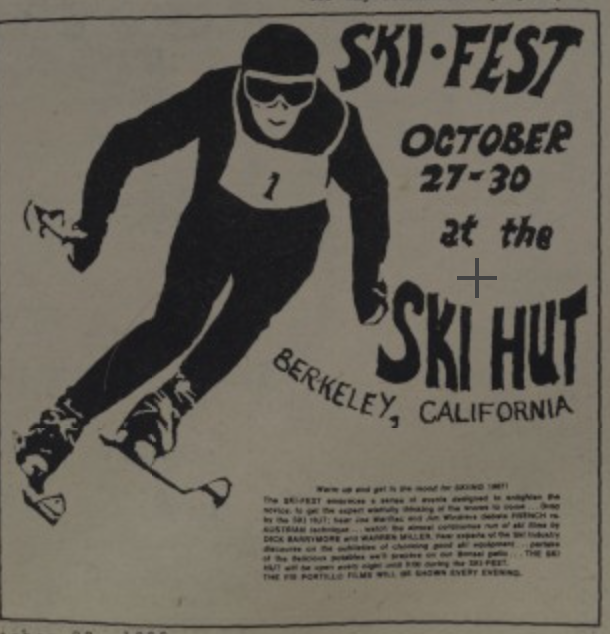
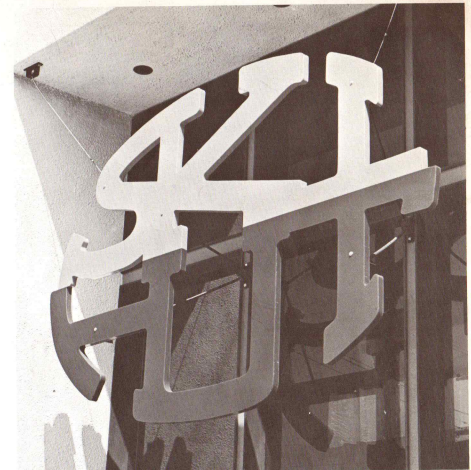
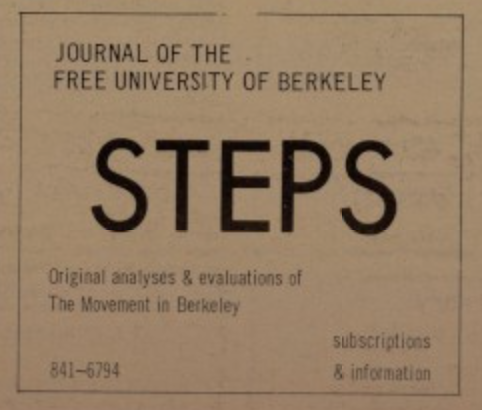
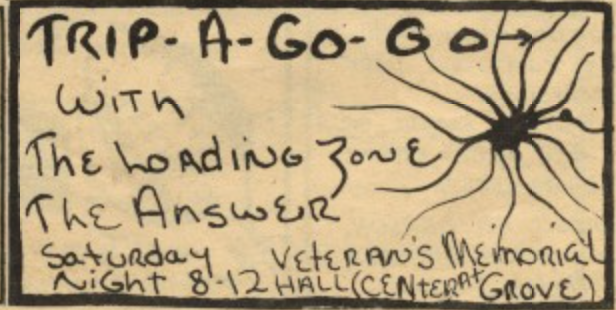

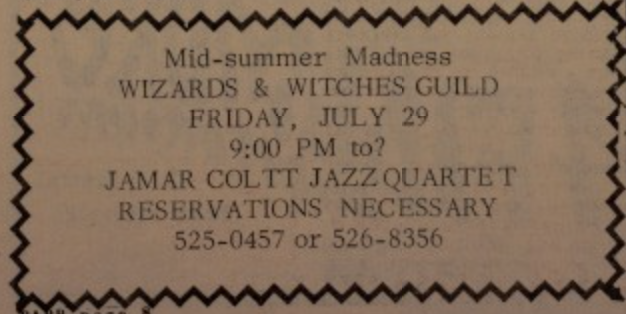
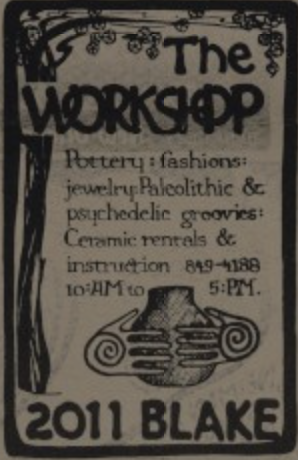
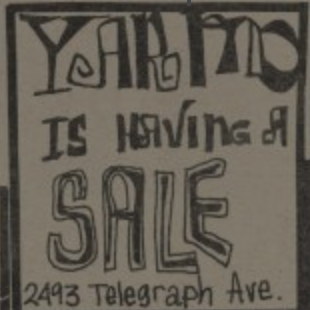
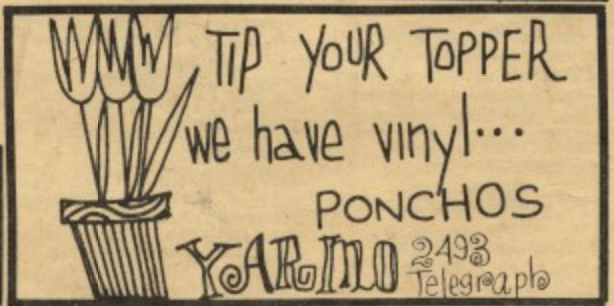
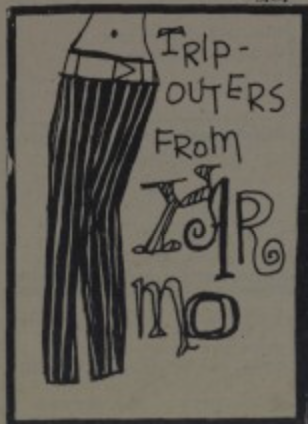
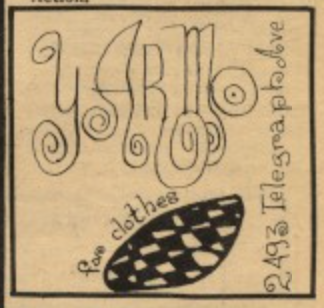
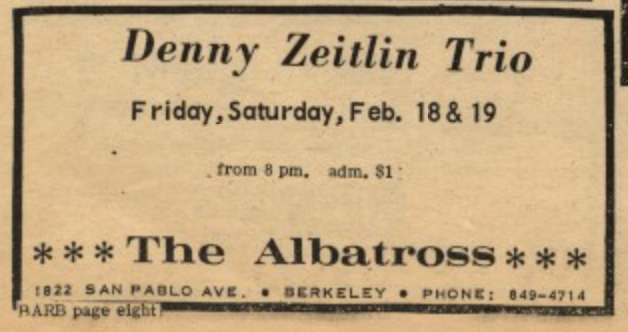
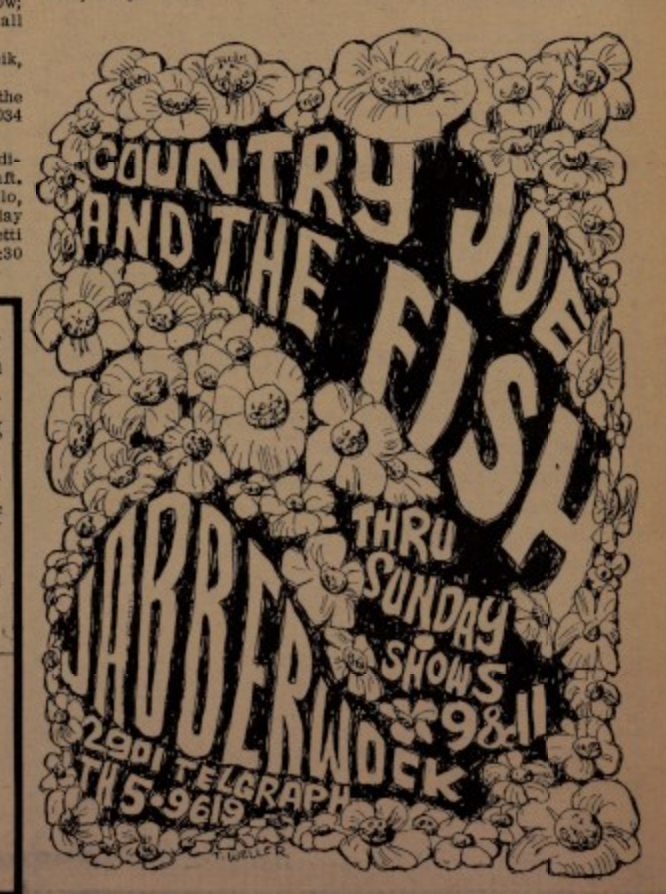
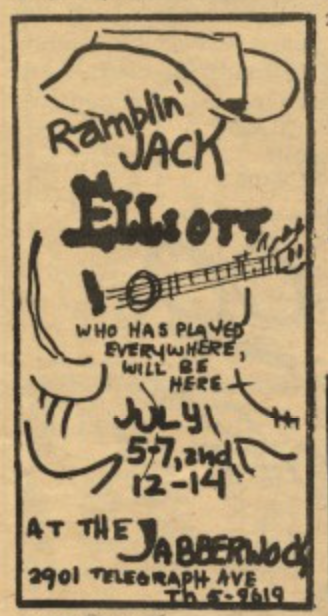

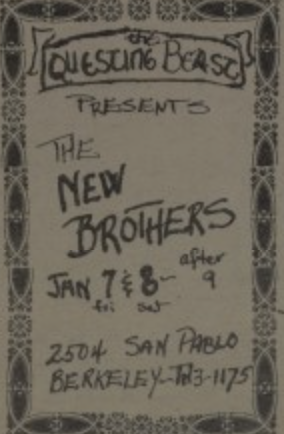
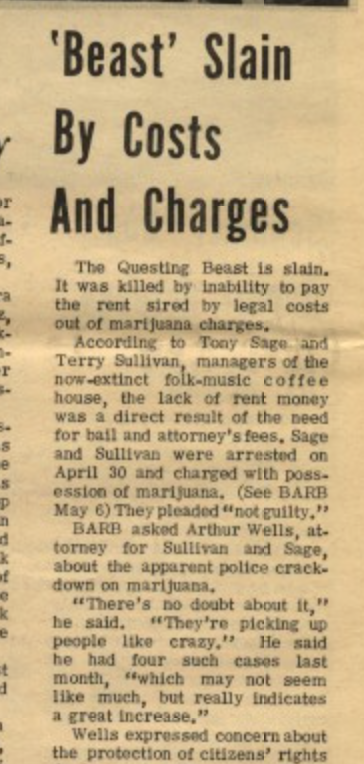
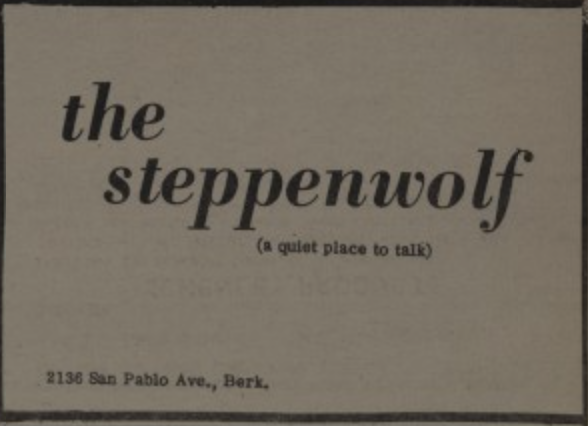
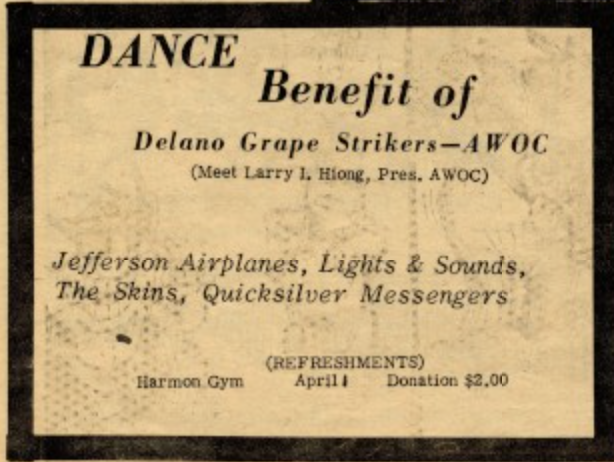
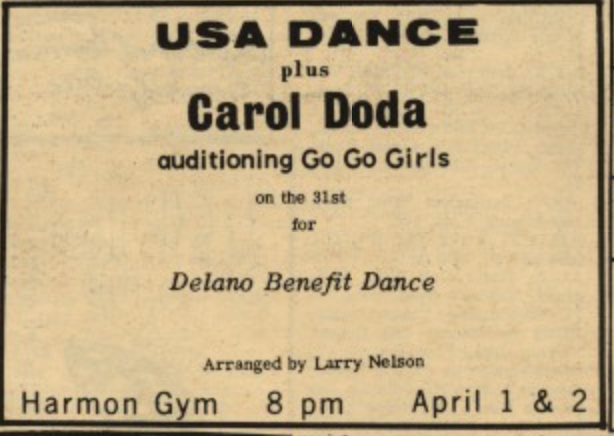
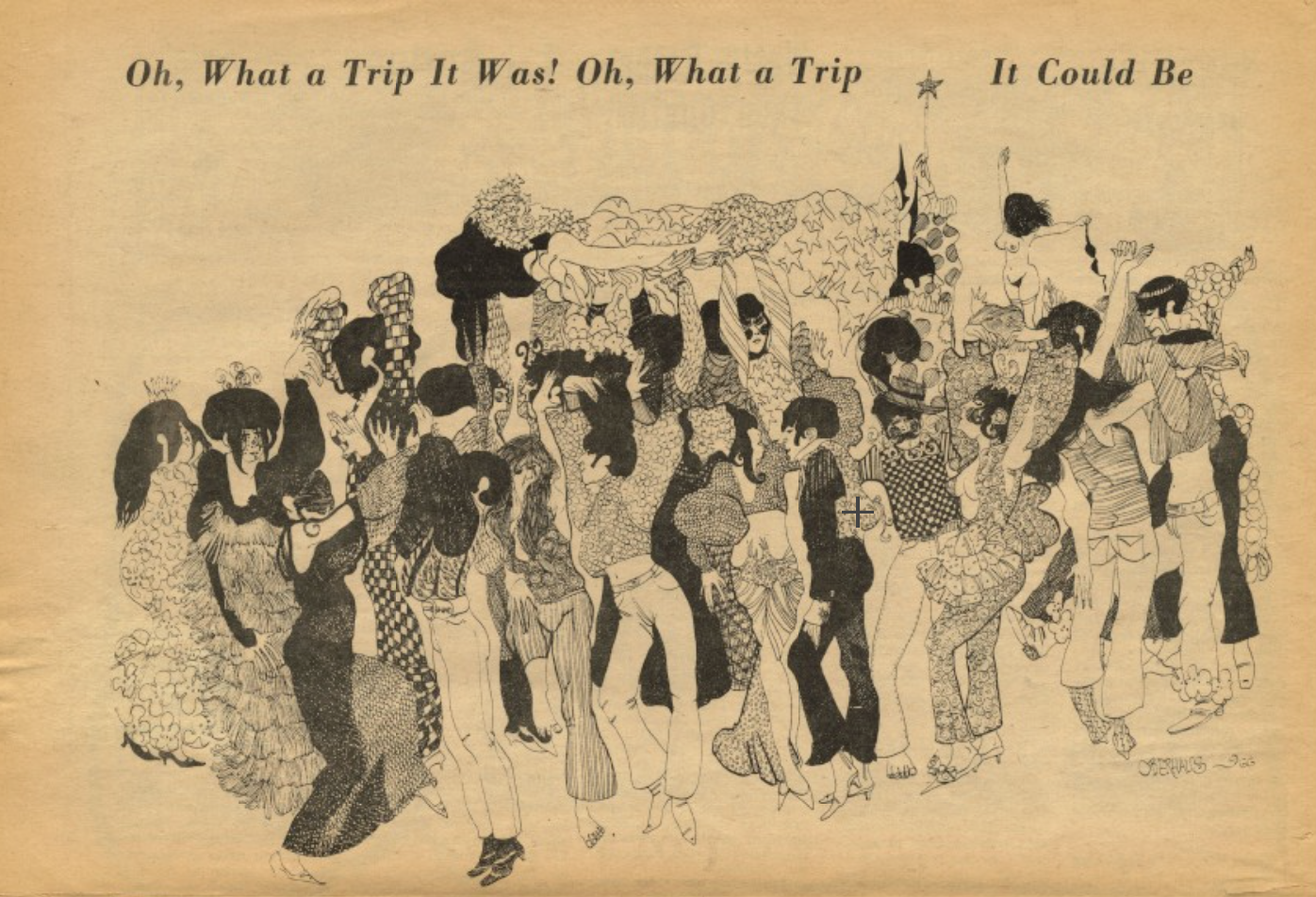
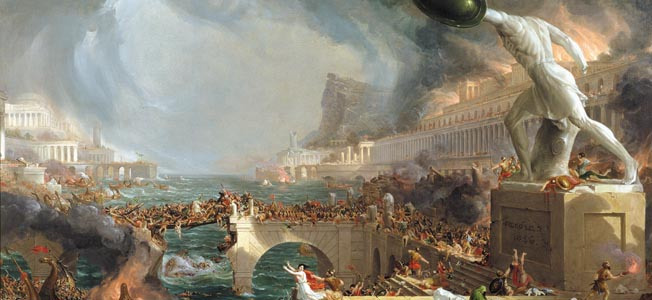
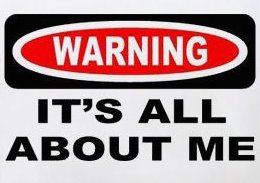
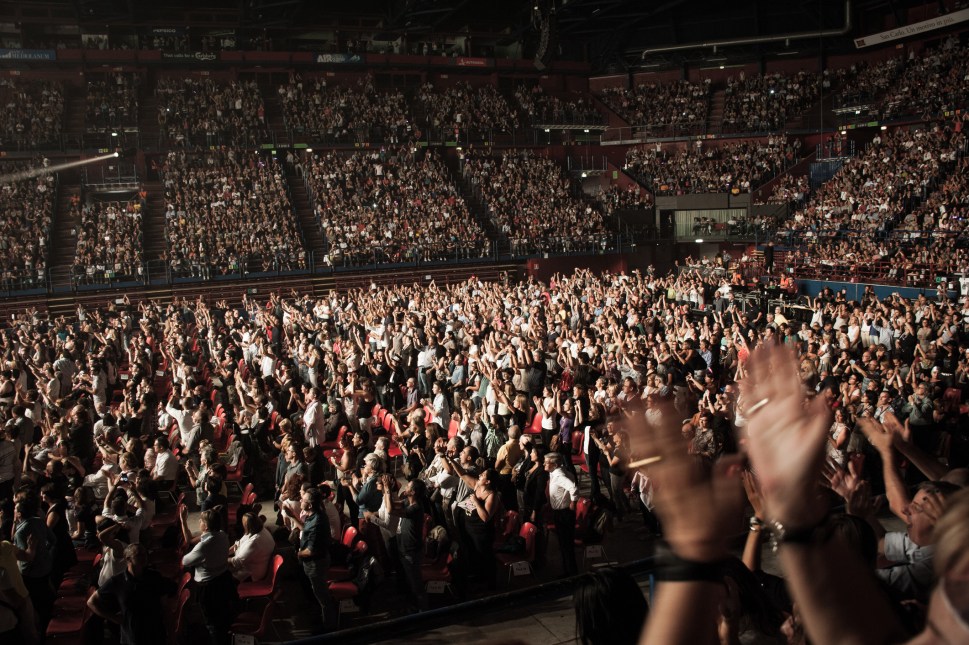
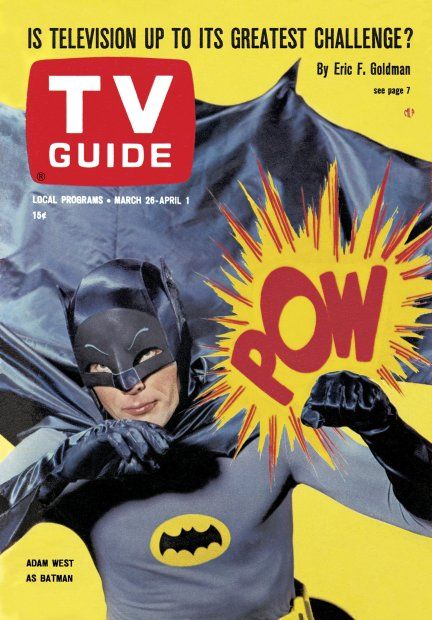
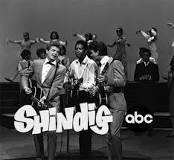
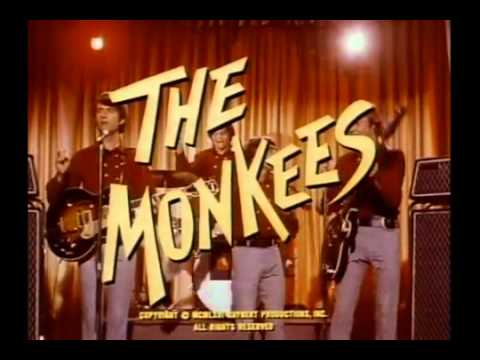
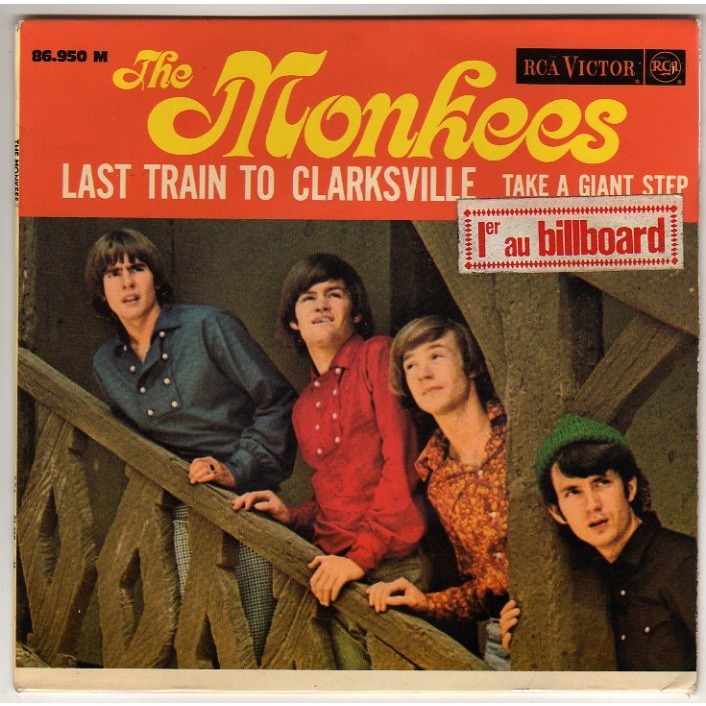
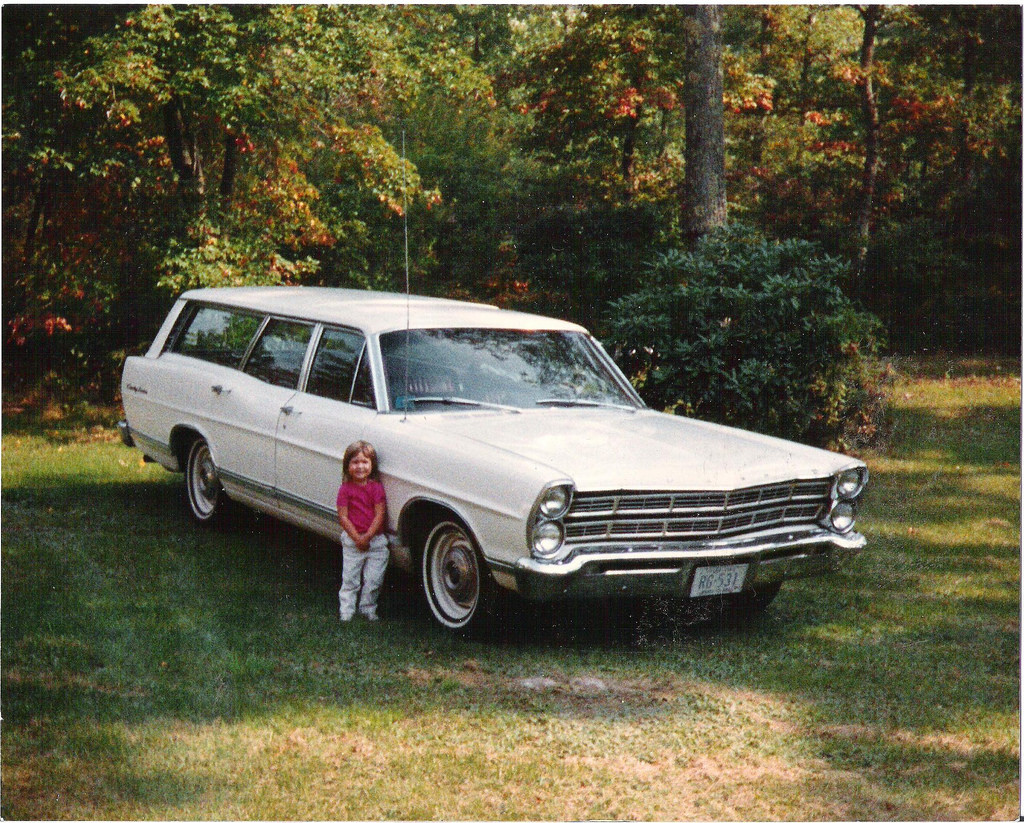
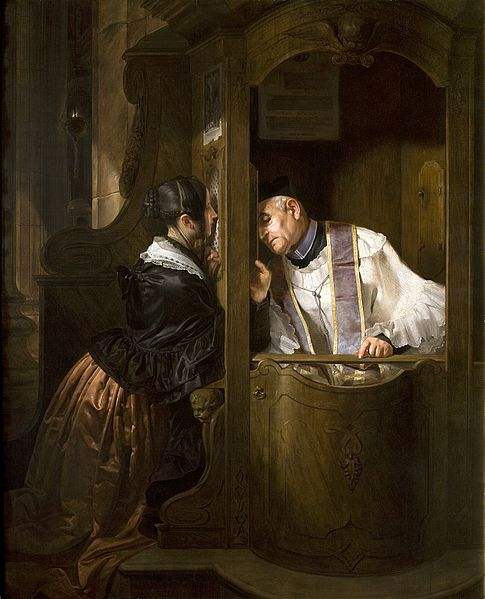
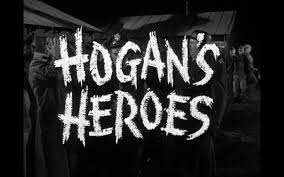
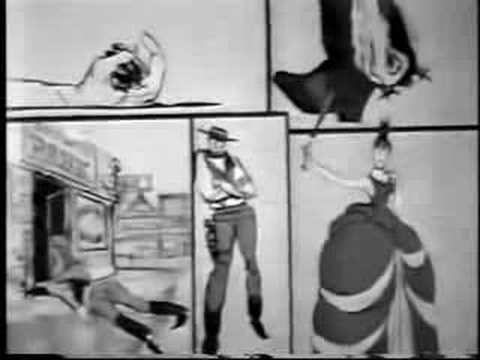
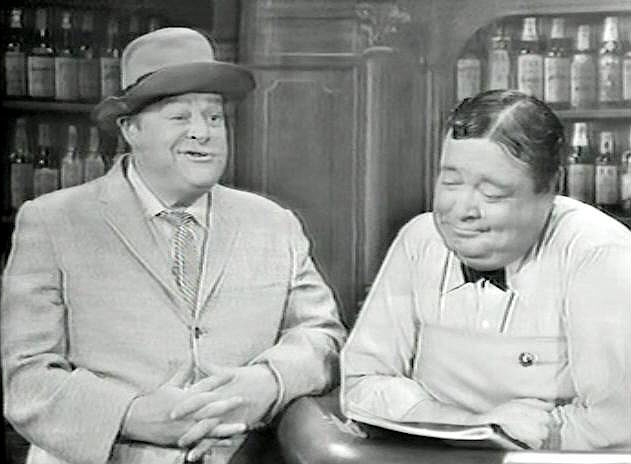





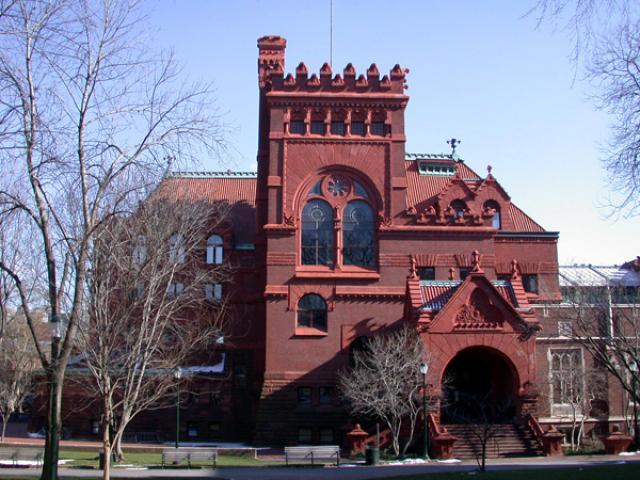
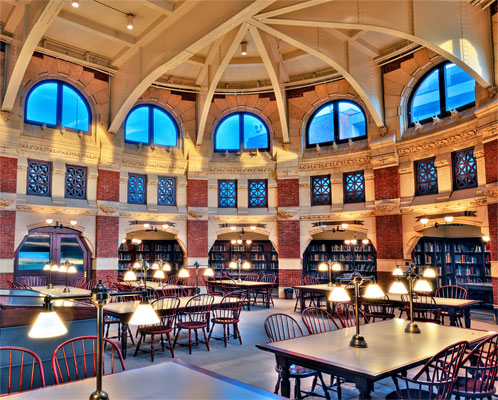
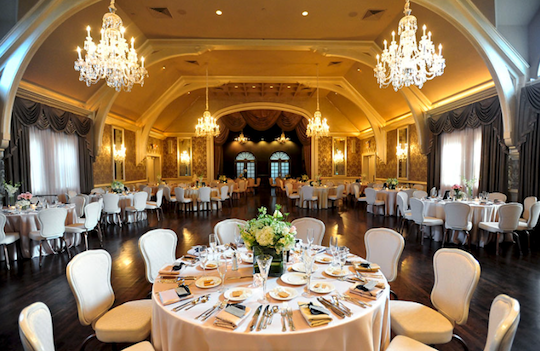
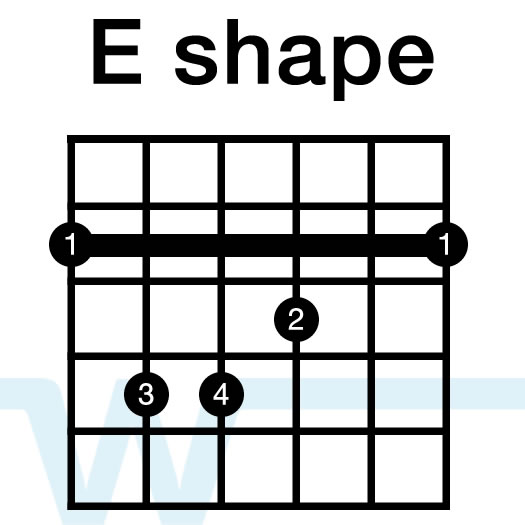
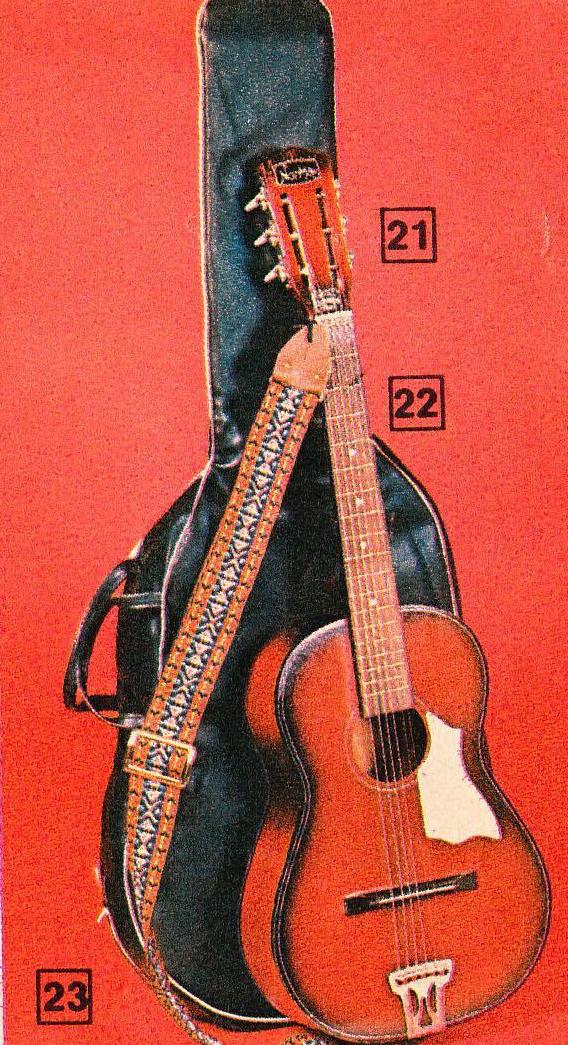
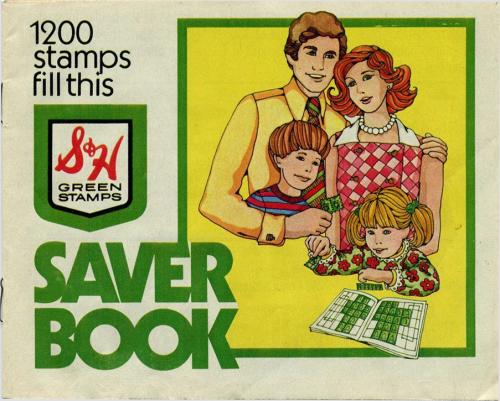
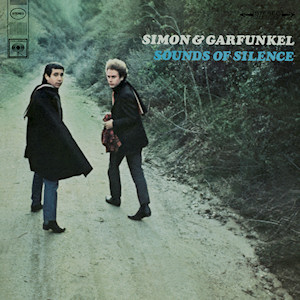
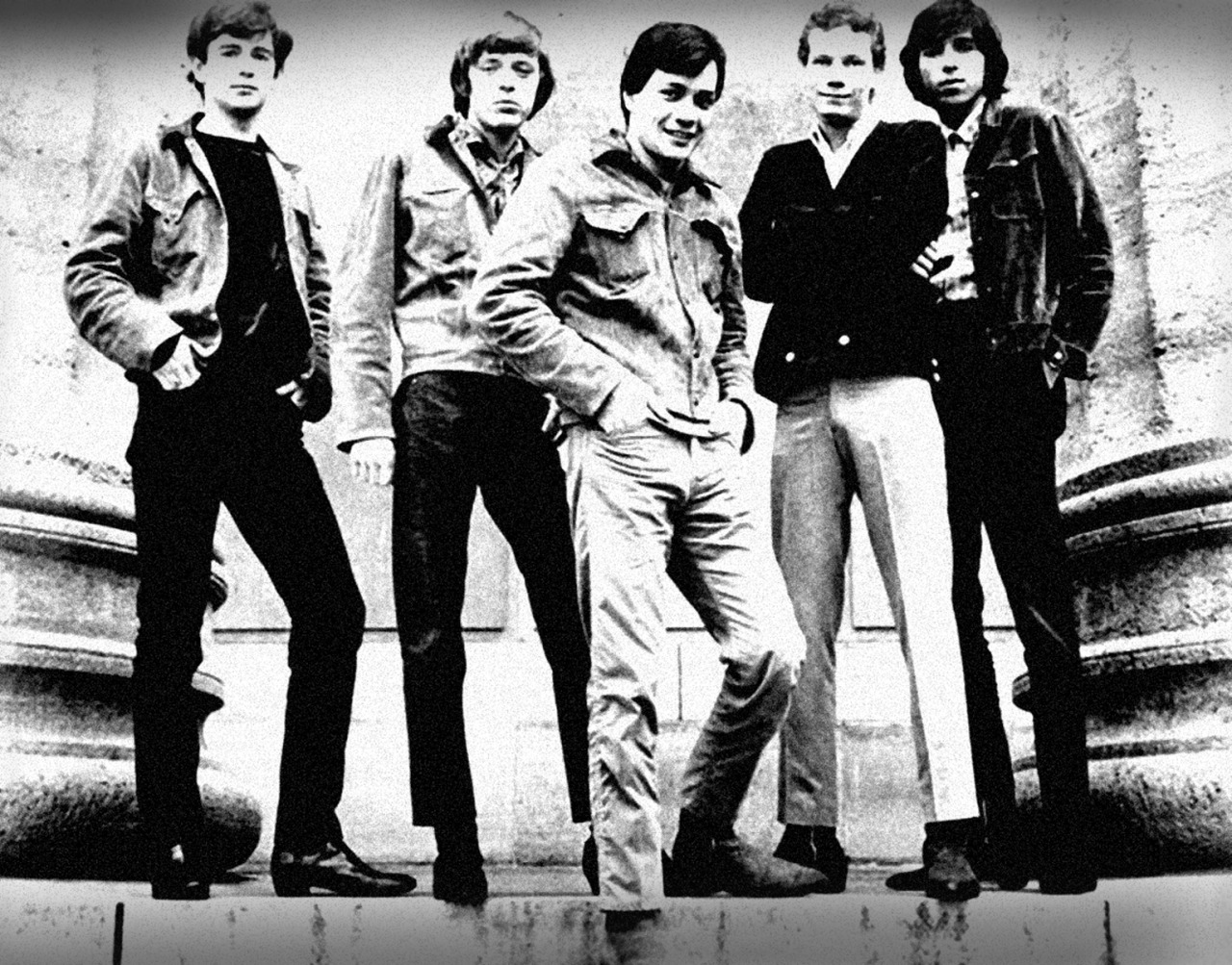
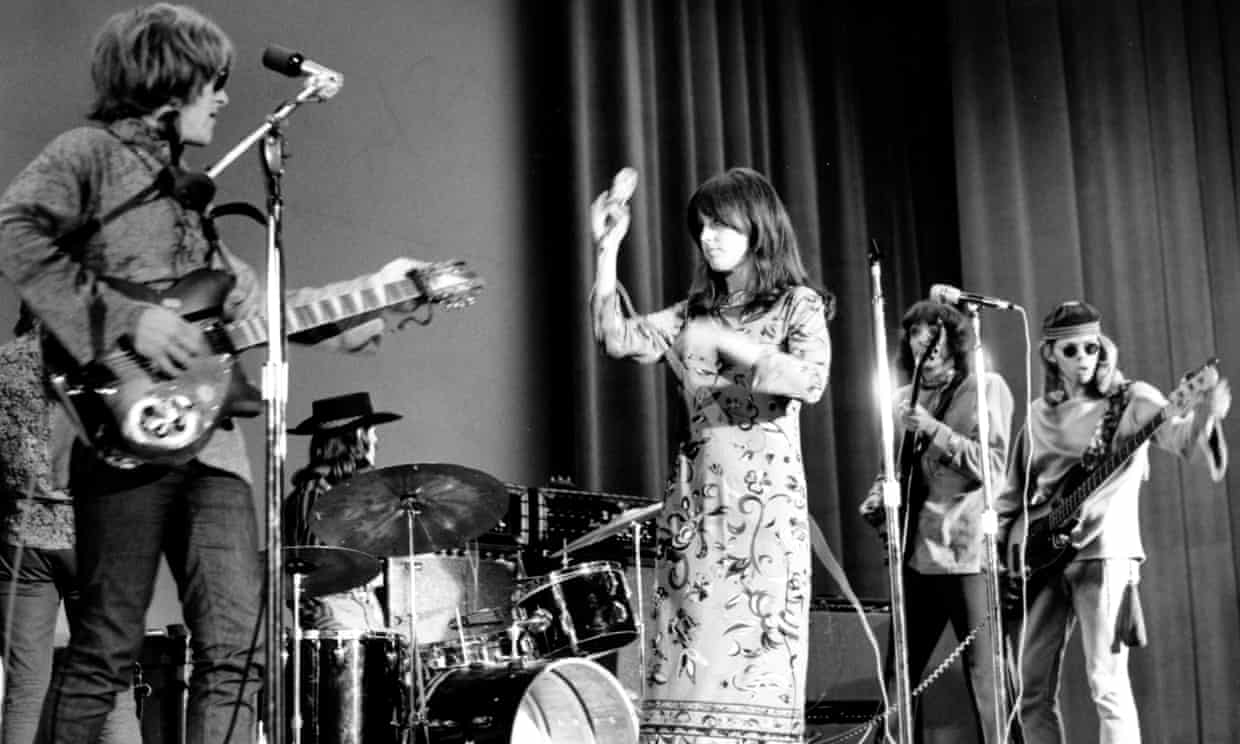
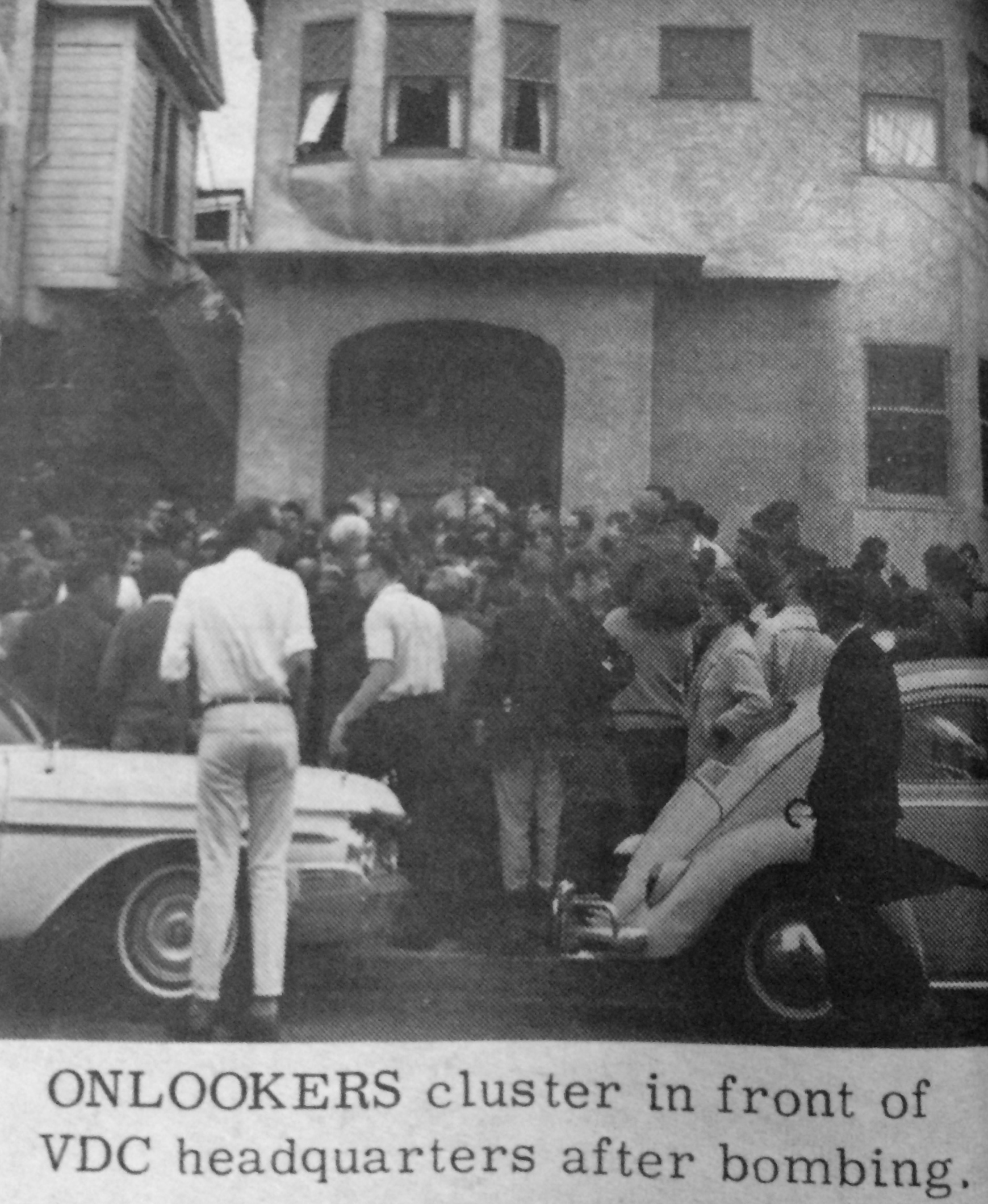
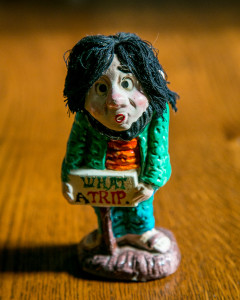
the times they have a changed- and not